In industrial heating systems, Radiant Tube is an efficient heating technology, and with its excellent performance, it is increasingly used in high-temperature processing industries such as metallurgy, ceramics, and glass. Radiation tubes can significantly improve heating efficiency through unique heating methods while reducing energy waste.
1. Direct radiation heating: improve heat energy utilization rate
Unlike the traditional convection heating method, Radiant Tube adopts the principle of radiation heating, which directly transfers heat energy to the heated object through heat radiation. This approach greatly reduces the loss of heat during the transfer of air. Compared with traditional air heating, almost no heat is lost to the environment during the heating of the radiation tube, thereby ensuring that the heat can be used efficiently. By directly heating the surface of the target object, the radiation tube can achieve heating effect in a short time and reduce energy waste.
2. Efficient heat concentration: reduce heat loss
One of the design features of the Radiant Tube is the ability to concentrate heat on areas or surfaces of objects that need to be heated, avoiding the spread of heat. Radiation tubes usually use highly thermally conductive materials, such as stainless steel or high temperature alloys, to ensure that heat energy is quickly transferred to the target object. This not only improves heating efficiency, but also reduces the ineffective loss of heat. Compared with the common heat waste in traditional heating systems, the heat energy transfer of the radiation tube is more efficient and accurate.
3. Quick response: Improve heating efficiency
The Radiant Tube system is able to quickly heat object surfaces in a short period of time, which is ideal for efficient production environments. In traditional heating methods, it usually takes a long time to heat the entire space or object surface, and a lot of heat will be wasted. By directly radiating heat to the surface of the object, the radiation tube can quickly heat up, avoiding excessive energy waste, and thus improving heating efficiency.
4. Reduce convection loss: Ensure accurate heat transfer
Traditional heating methods, such as convective heating, usually rely on air as the heat transfer medium. However, air is a poor thermal conductor, often resulting in a large amount of heat loss. Radiation tube heating technology does not rely on air convection, and heat is directly transferred to the surface of the target object, which effectively reduces the loss of heat in the air. By avoiding the heat spreading in the air, the radiation tube can more efficiently concentrate heat at the areas where it needs to be heated, thereby improving heating efficiency.
5. Accurate control of heating power: improve energy utilization
The Radiant Tube heating system can accurately control the output power according to actual needs. By adjusting the gas flow or power, the radiation tube can accurately adjust the heating temperature and heat, avoiding overheating or uneven heating. This high-precision temperature control method reduces overheating and unnecessary energy consumption, and further improves the efficiency of thermal energy utilization.
6. Excellent thermal insulation design: reduce heat leakage
To further improve heating efficiency, the radiation tubes are usually equipped with good thermal insulation design. Thermal insulation reduces heat leakage, ensuring maximum heat preservation during heating. This design not only improves heating efficiency, but also extends the service life of the radiation tube and reduces maintenance costs.
7. Application flexibility: meet different industrial needs
Radiant Tube not only plays a role in a conventional heating environment, but also adapts to special needs in different fields. For example, in high-temperature industries such as metallurgy, ceramics, and glass, radiation tubes can maintain efficient heating effects in high temperature and harsh environments. Its efficient heating characteristics make it an integral part of industrial heating systems.


 English
English русский
русский عربى
عربى

.jpg)
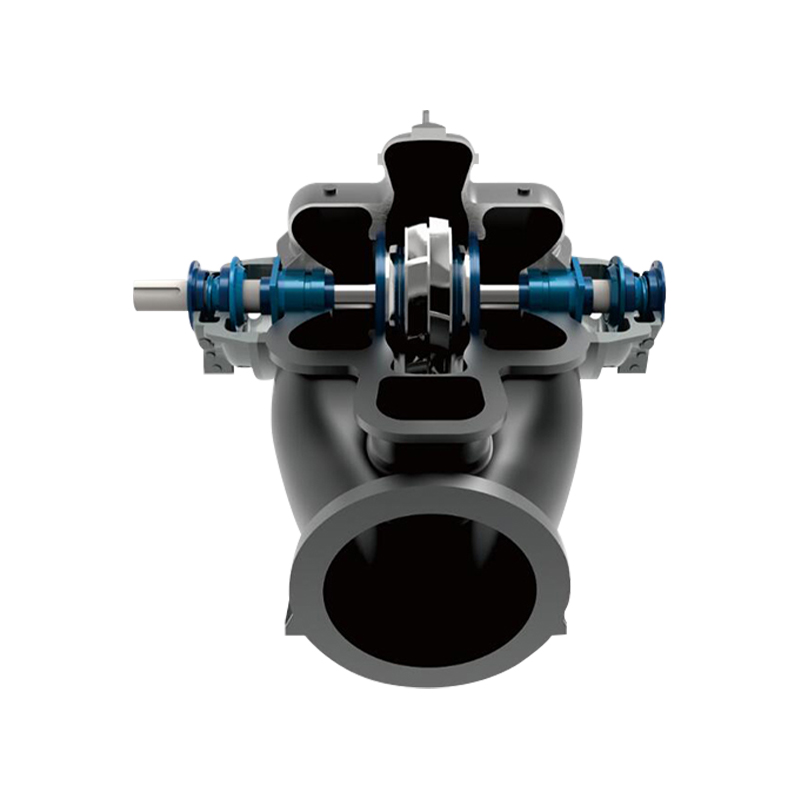
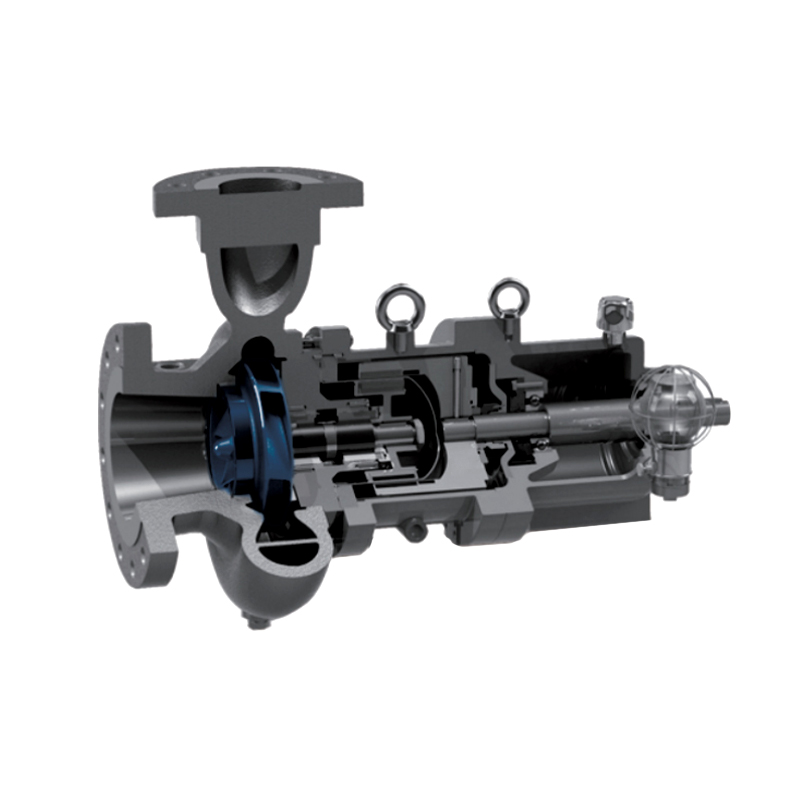
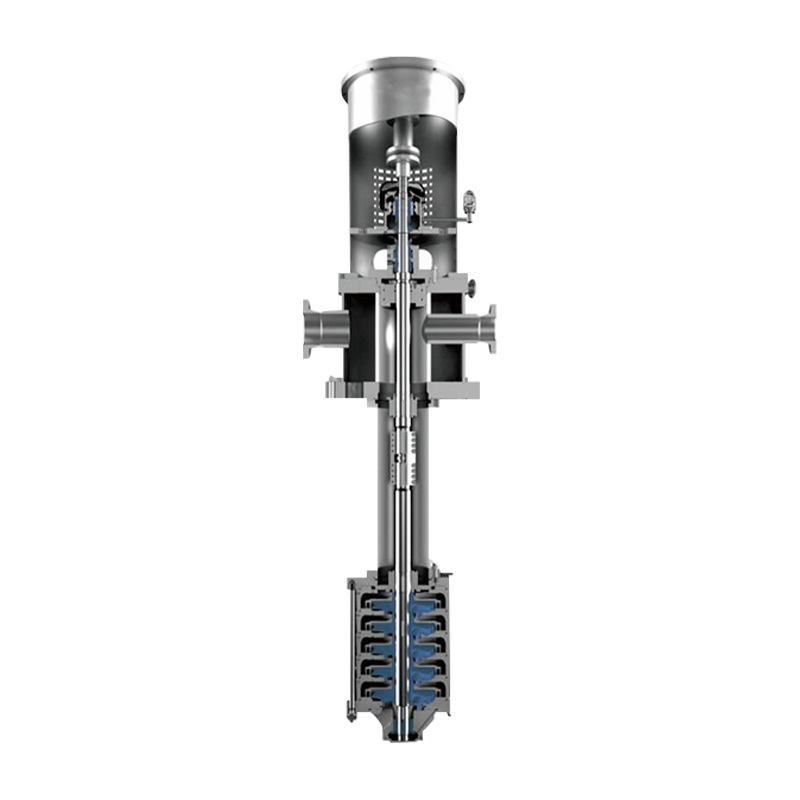
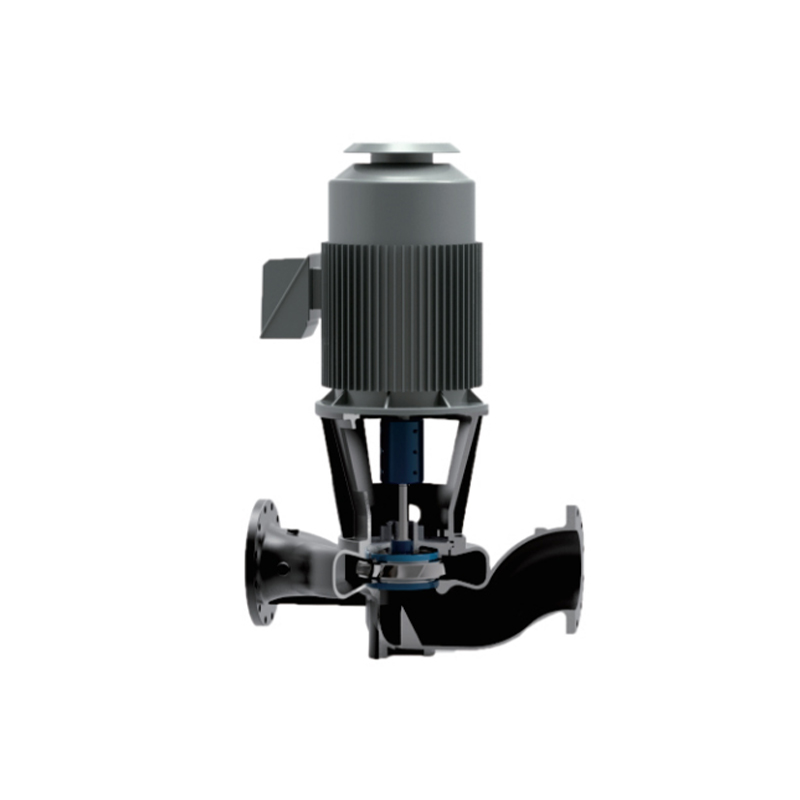
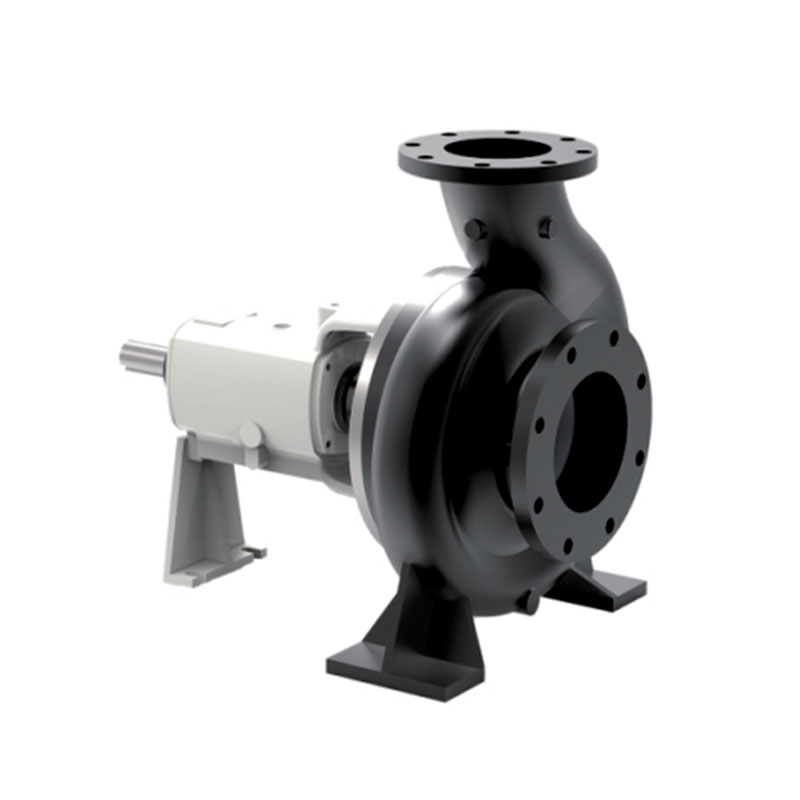
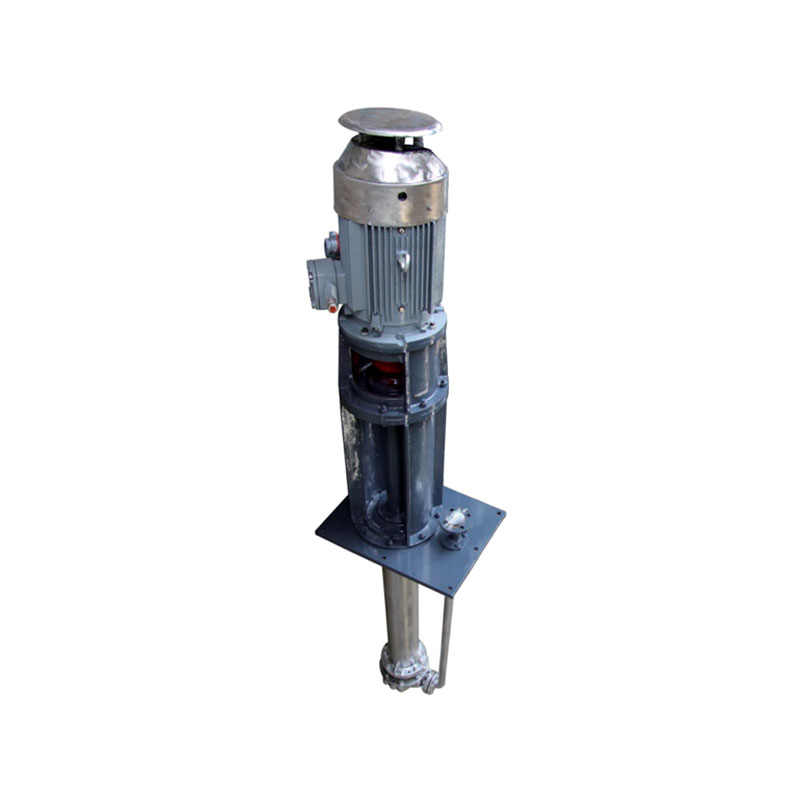
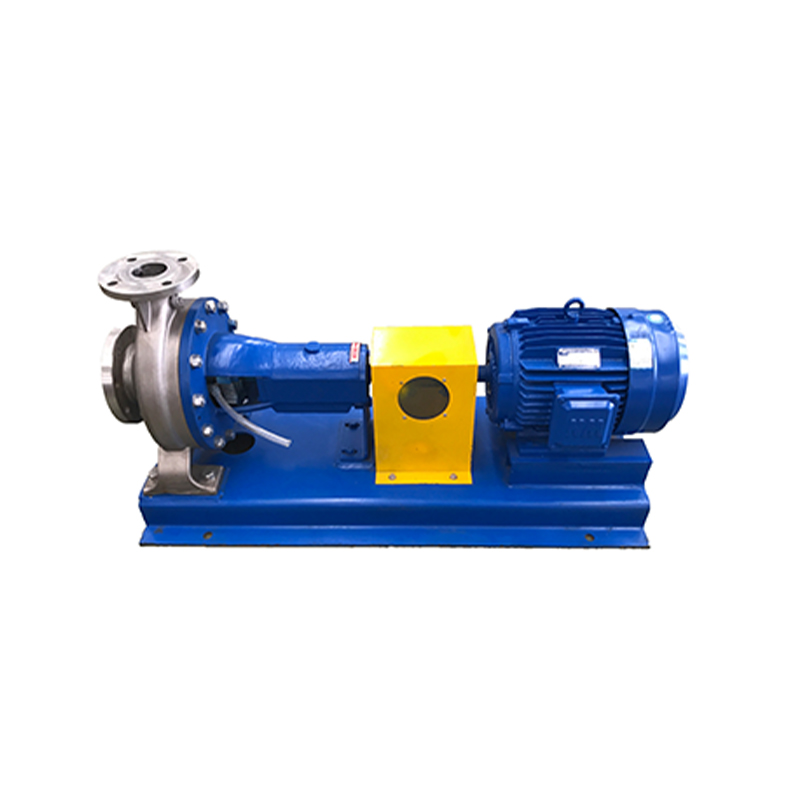

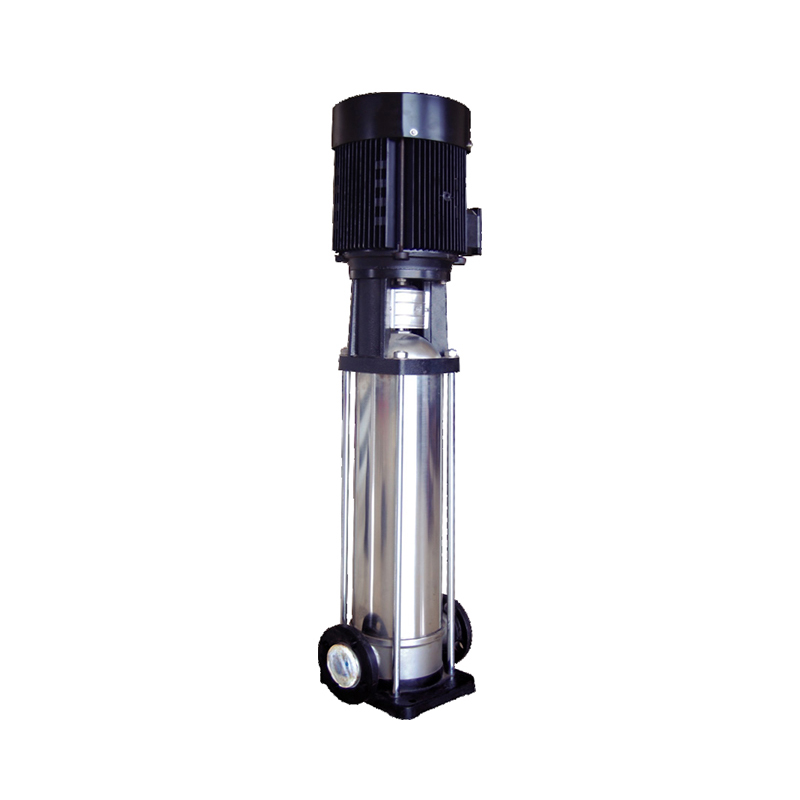






 ENG
ENG

 TOP
TOP